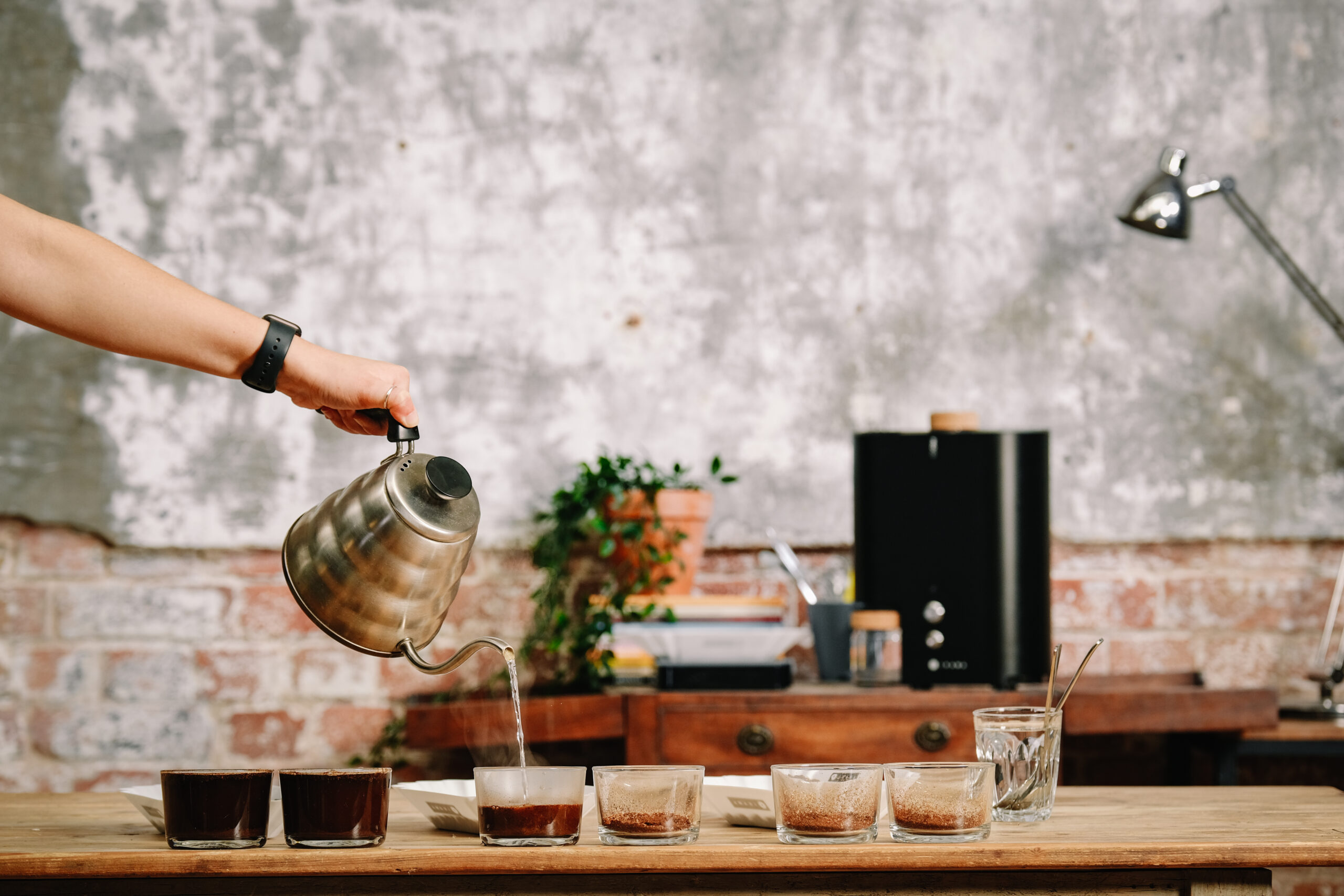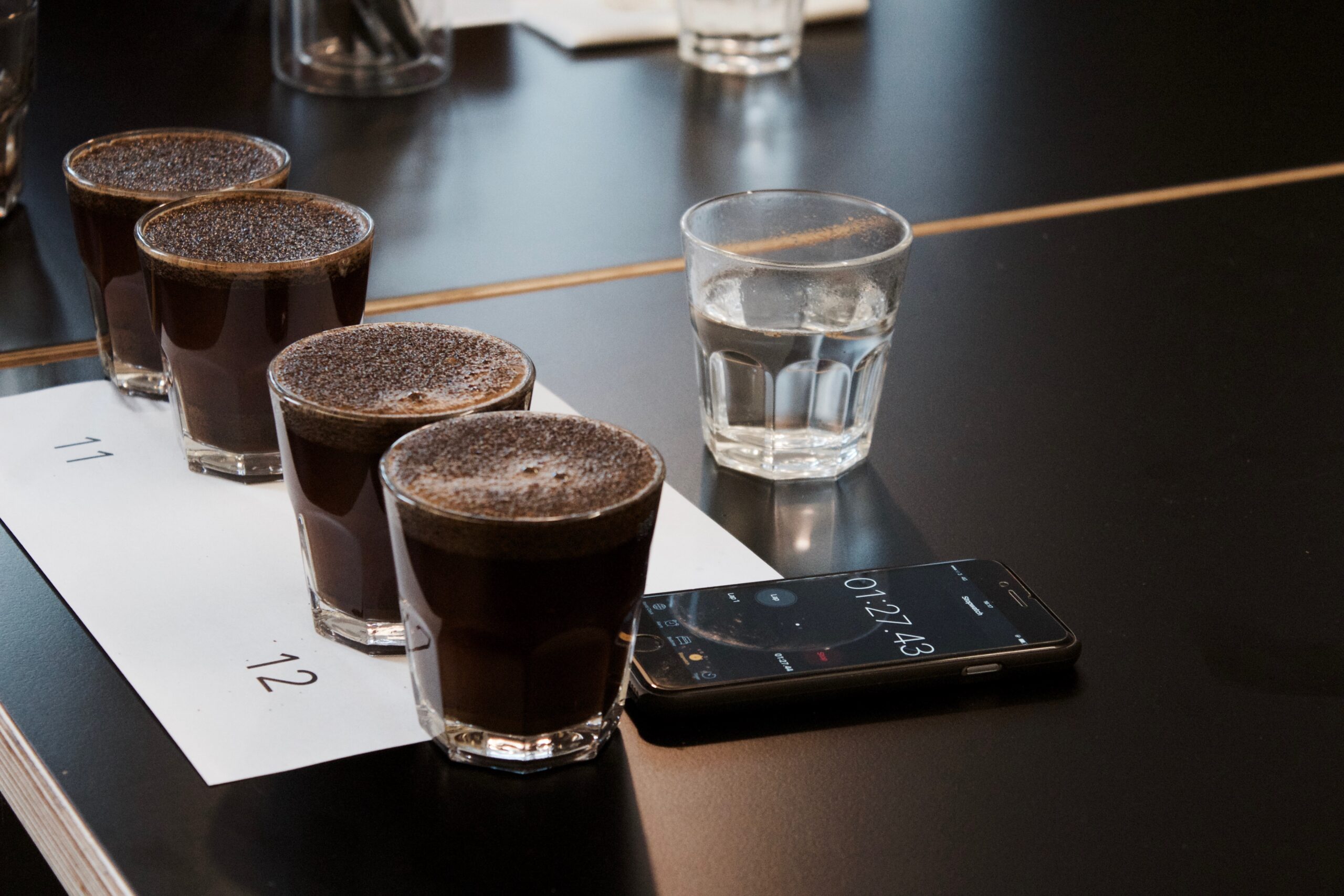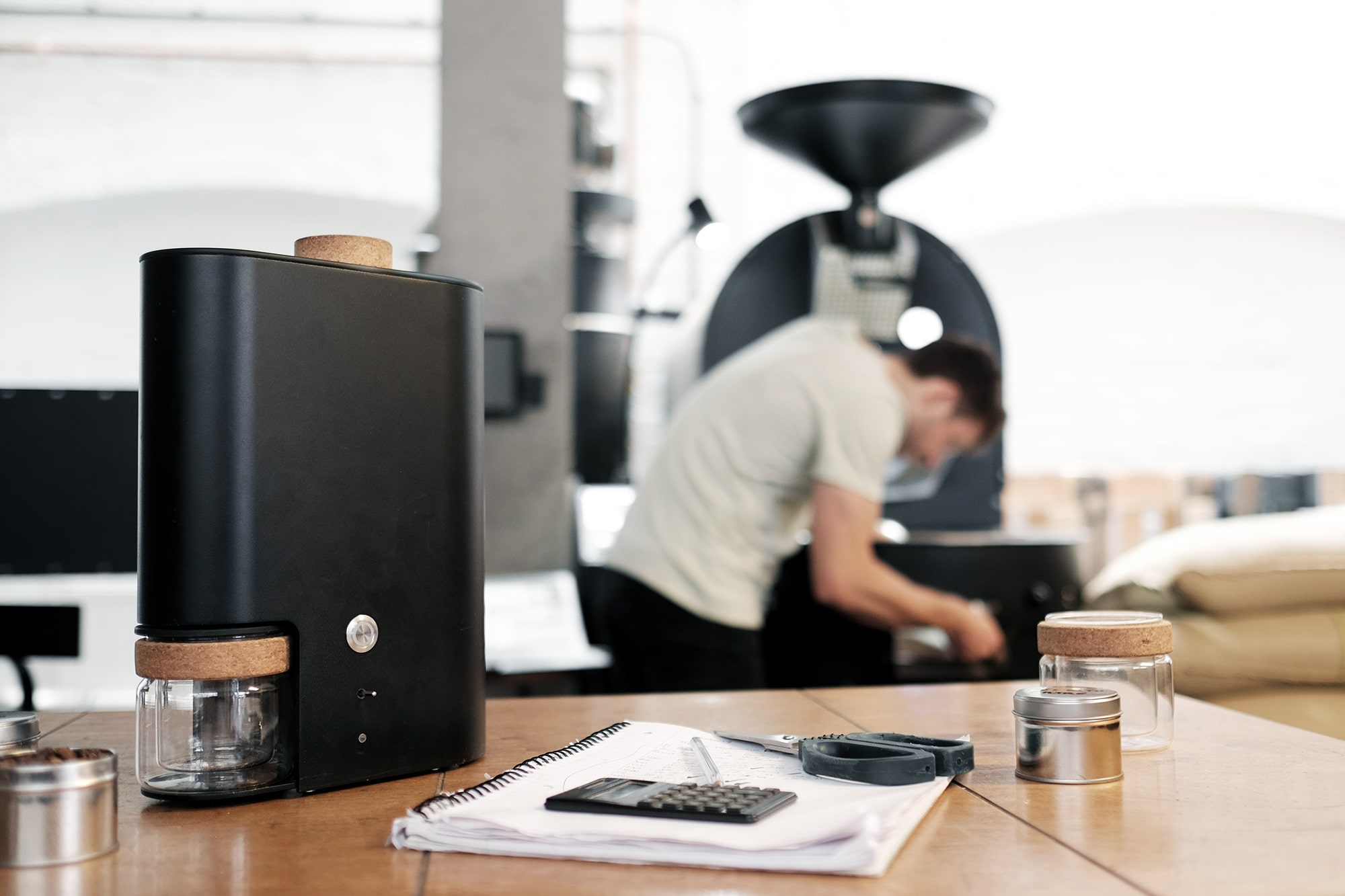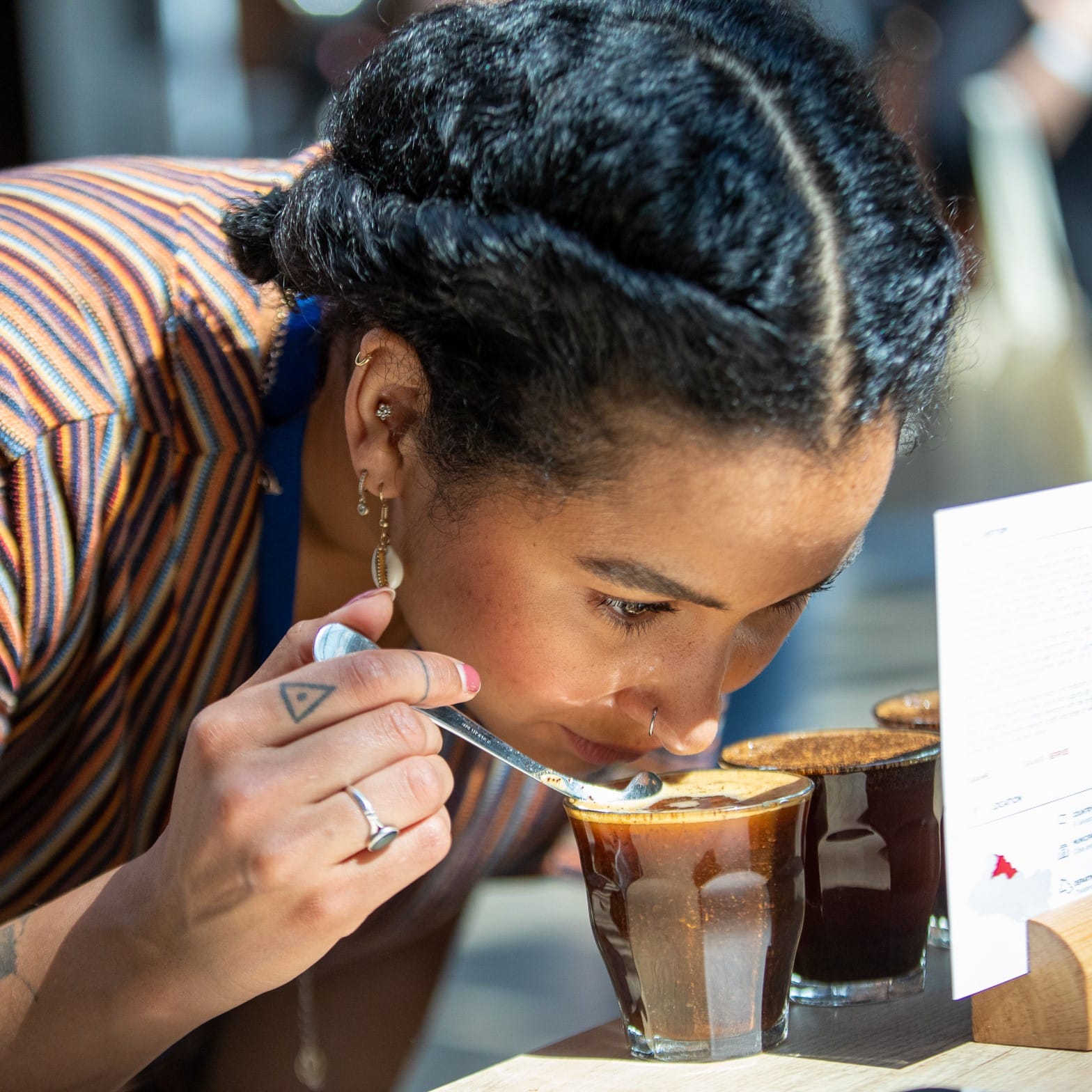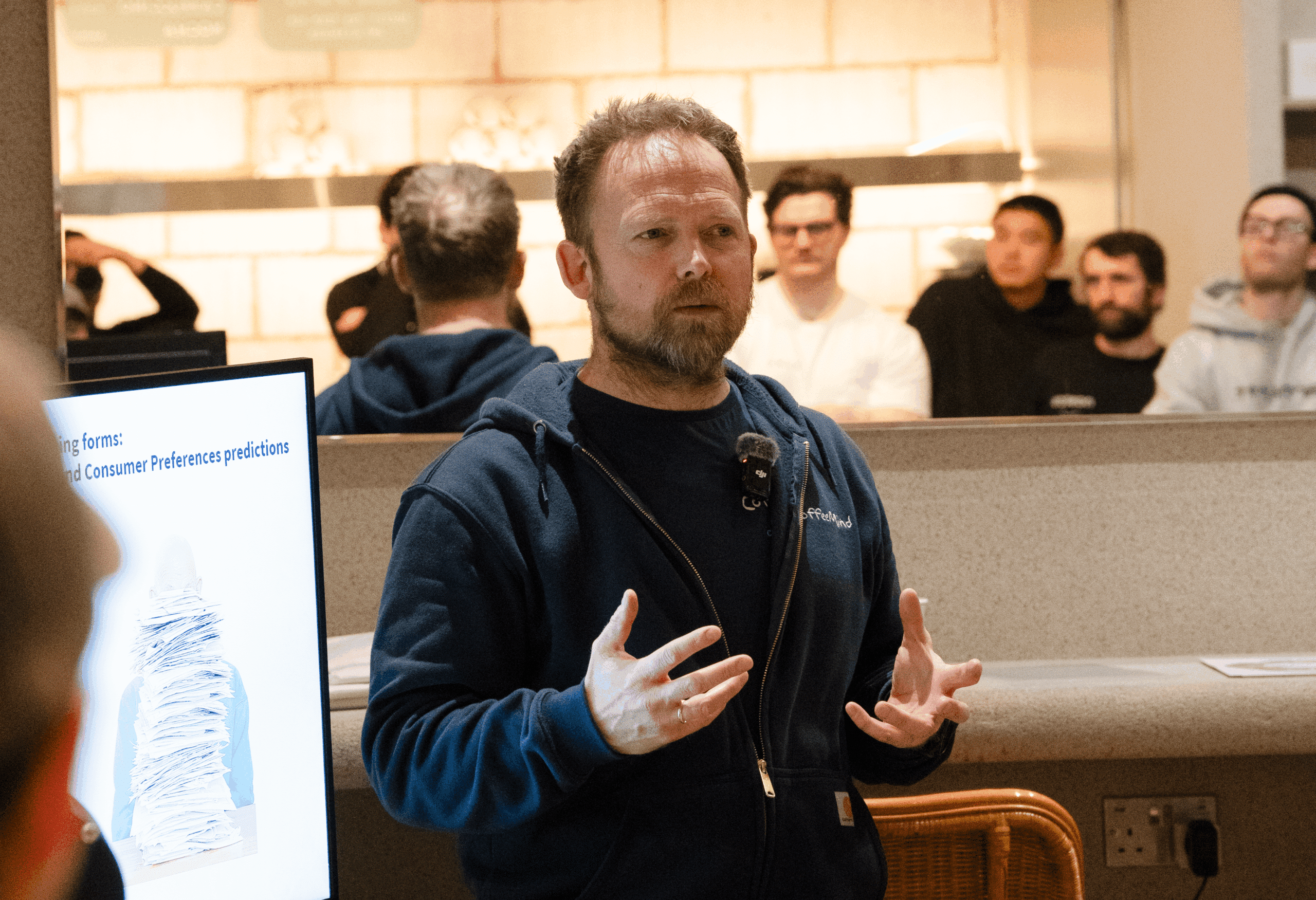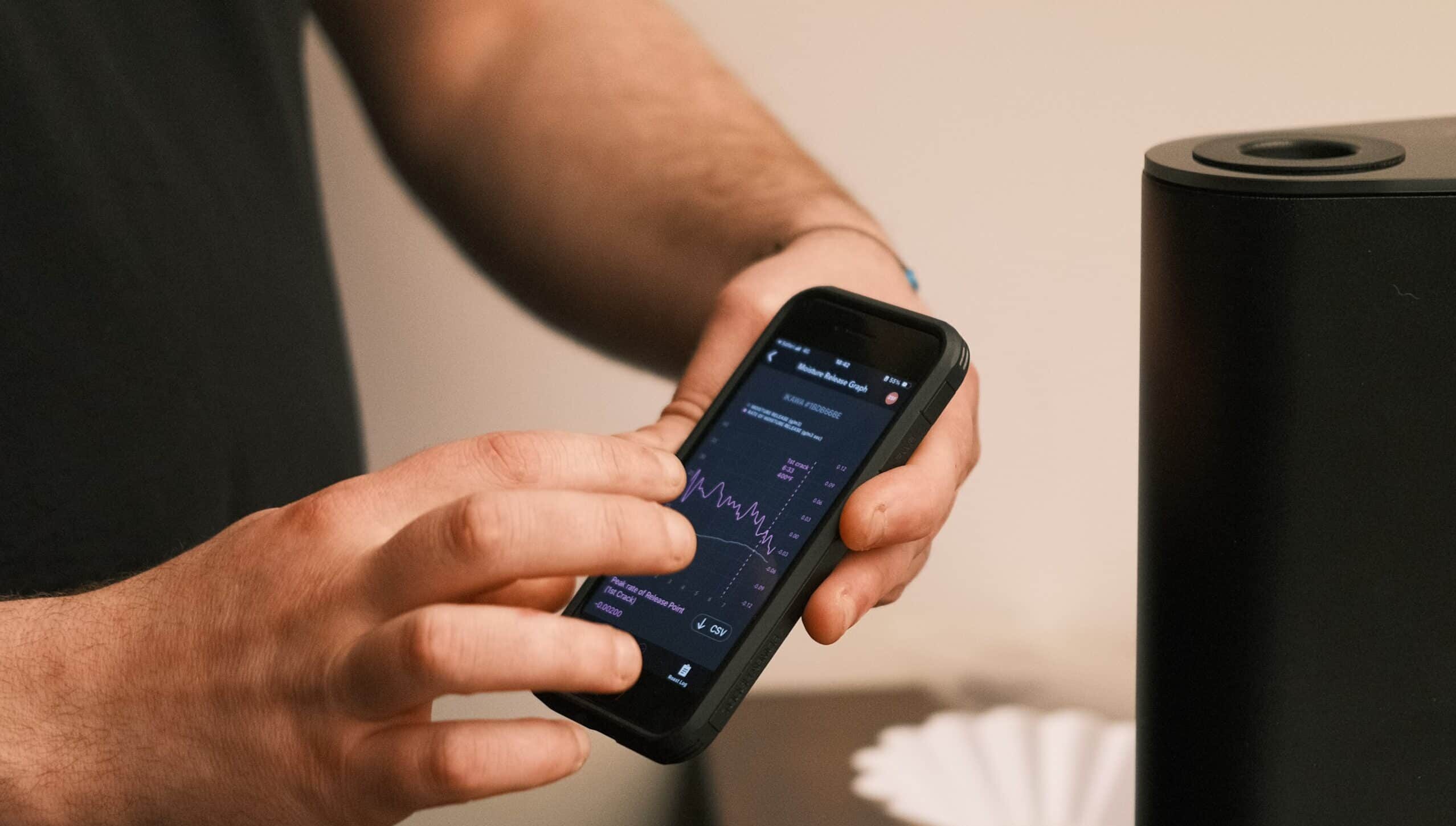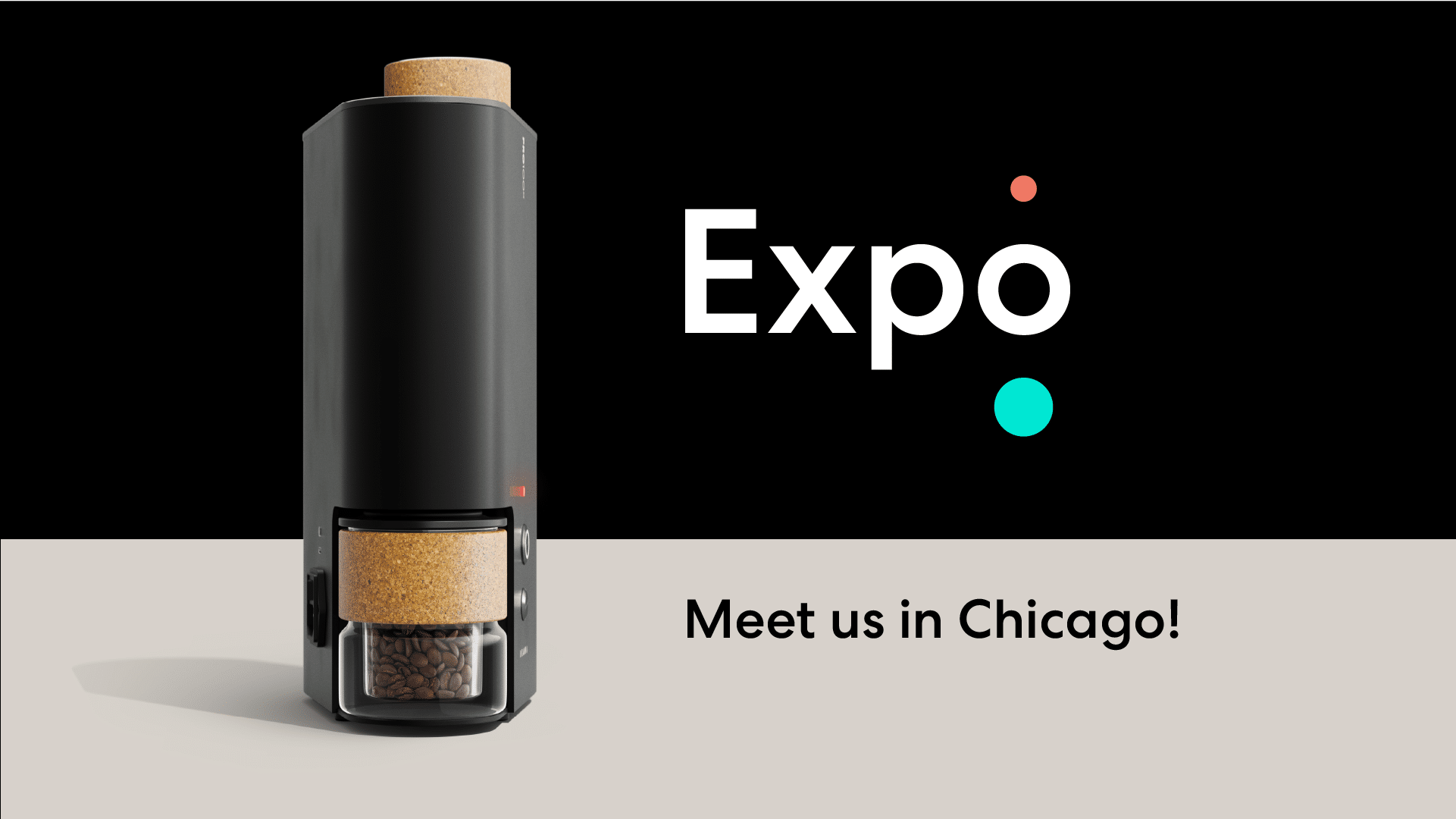We often refer to small-batch roasting as ‘sample roasting’. Typically 50-500g of coffee is roasted in a Sample Roaster. Small-batch roasting plays an essential part in the everyday life of many industry players, from origin to consuming countries. The purpose and goals behind the small-batch roasting will vary: Sample evaluation happens throughout the supply chain to help assess the quality of green coffee whereas profiling is more typical at roasteries looking to explore the potential of specific coffees, in order to achieve a particular goal.

